Chapter 4
Brand Strategy in Practice
Now that you’ve outlined each aspect of your brand strategy, you can start thinking of ways to put it into action. Let’s look at a few successful brands that own their space and how their strategy helped get them there.
Apple
Using Apple as an example of success is cliche, but for good reason. Apple’s origin story holds particular interest for those in the marketing and product development world. Mostly because, at the time, it was a genius move. IBM was pushing complex machines and highlighting every technical aspect of their computers, so Apple went in the opposite direction.
Apple stakes its claim in innovation. But not fancy, all the bells and whistles innovation. Sleek, simple, user-friendly innovation. And because their technology was new and groundbreaking, the perceived value of their products skyrocketed.
Fast forward to today and nearly half the population owns an iPhone.
“Apple customers are fiercely loyal to the brand because they truly believe it’s the best quality phone, computer, tablet or smartwatch out there. Because of this perception, Apple can charge premium prices for every single one of its products,” Frank points out.
Amazon
Back in the ‘90s, Amazon was just a small online bookseller. But Jeff Bezos had a big goal for his company—to become the largest online retailer in the world.
Today, Amazon is as ubiquitous as Walmart or Target. And existing exclusively online isn’t the only way they differentiate themselves. The bulk of Amazon’s brand strategy is built on customer experience. It’s how they originally developed trust in their platform and how they retain their status in the marketplace.
Their platform is incredibly easy to navigate in an effort to reduce friction for the buyer. Think about how accurate their search function is and how easy it is to swipe “Buy Now.” Even their return process is easy—drop off your item at a UPS store, Whole Foods or Amazon locker, no package required.
“This commitment to the customer experience is what built up Amazon’s brand in the mind of consumers,” Frank explains. “They’ve created a far-reaching perceived authority in the retail space simply by having what you need and making it easy to buy.”
Garmin
Garmin is another brand that has come far from its inception. The company was created for the GPS business, but when those started going out of style, it had to find a way to leverage its products in other markets. So it pivoted into wearables.
“It took some time to gain traction, and the company spent years focusing on having the best GPS in wearable tech as their differentiation strategy. But once they got a firm foothold in the market, they were able to shift their positioning again,” Frank says.
Today, Garmin targets their marketing strategies to their ideal customer’s personal identity. Their products are for serious athletes who want a watch as rugged as their training routine, and the design reflects this. Even their messaging caters more to the audience than the product by featuring images of elite athletes and discussing how the various features can help you improve performance.
This brand strategy works because of Garmin’s unique audience. Elite athletes training for marathons or triathlons swear by their Garmin, but someone who’d rather take a daily walk probably isn’t willing to pay $200 for a watch. And that’s okay! Because the brand strategy accounts for costs by increasing the perceived value of Garmin products among the target audience, which allows them to charge higher prices to the right people instead of fighting for more sales to a wider audience.

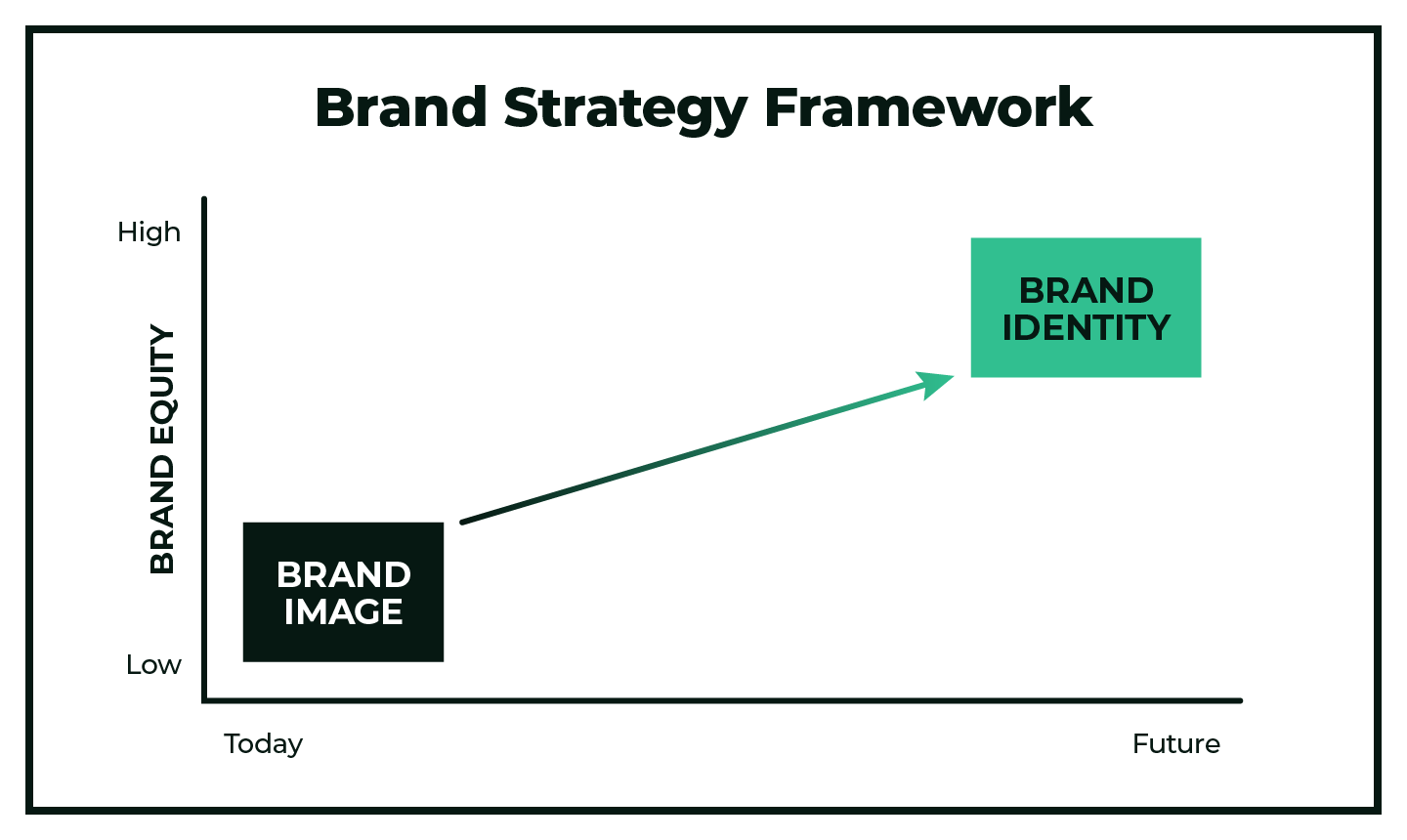
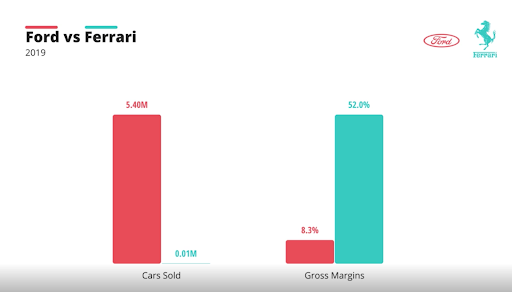
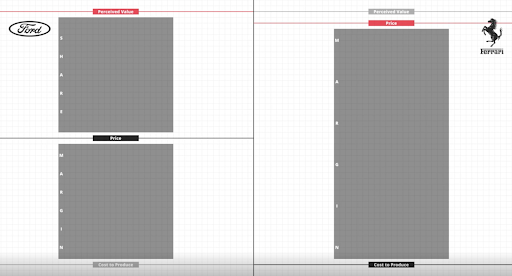
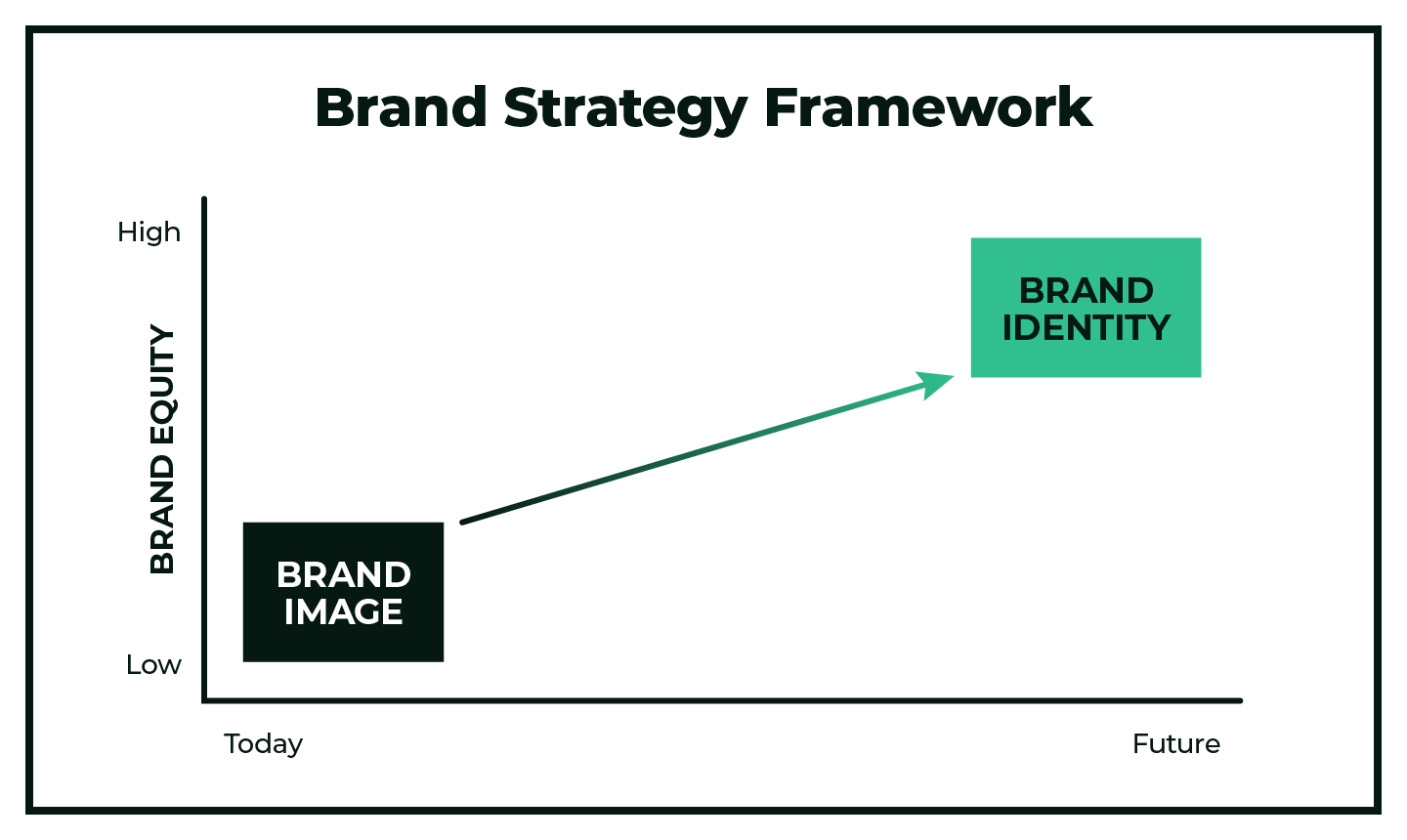
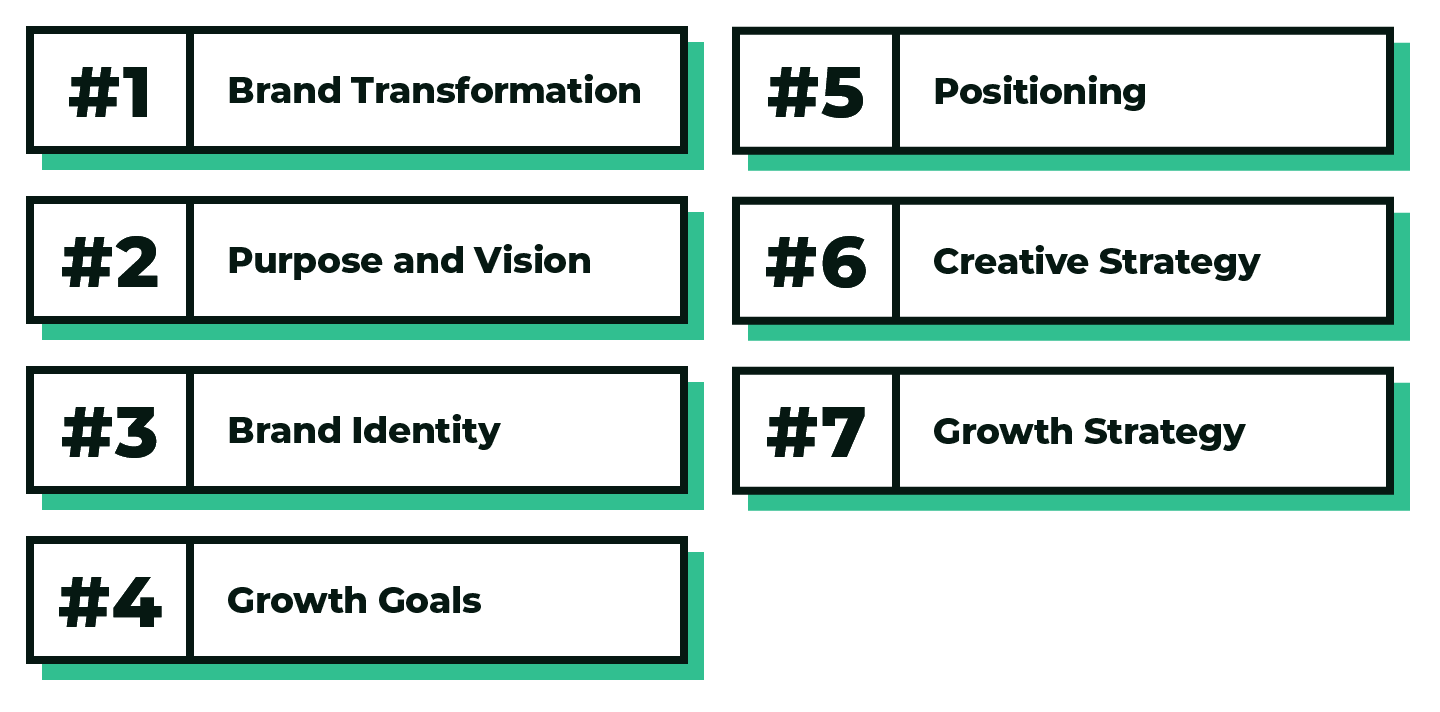
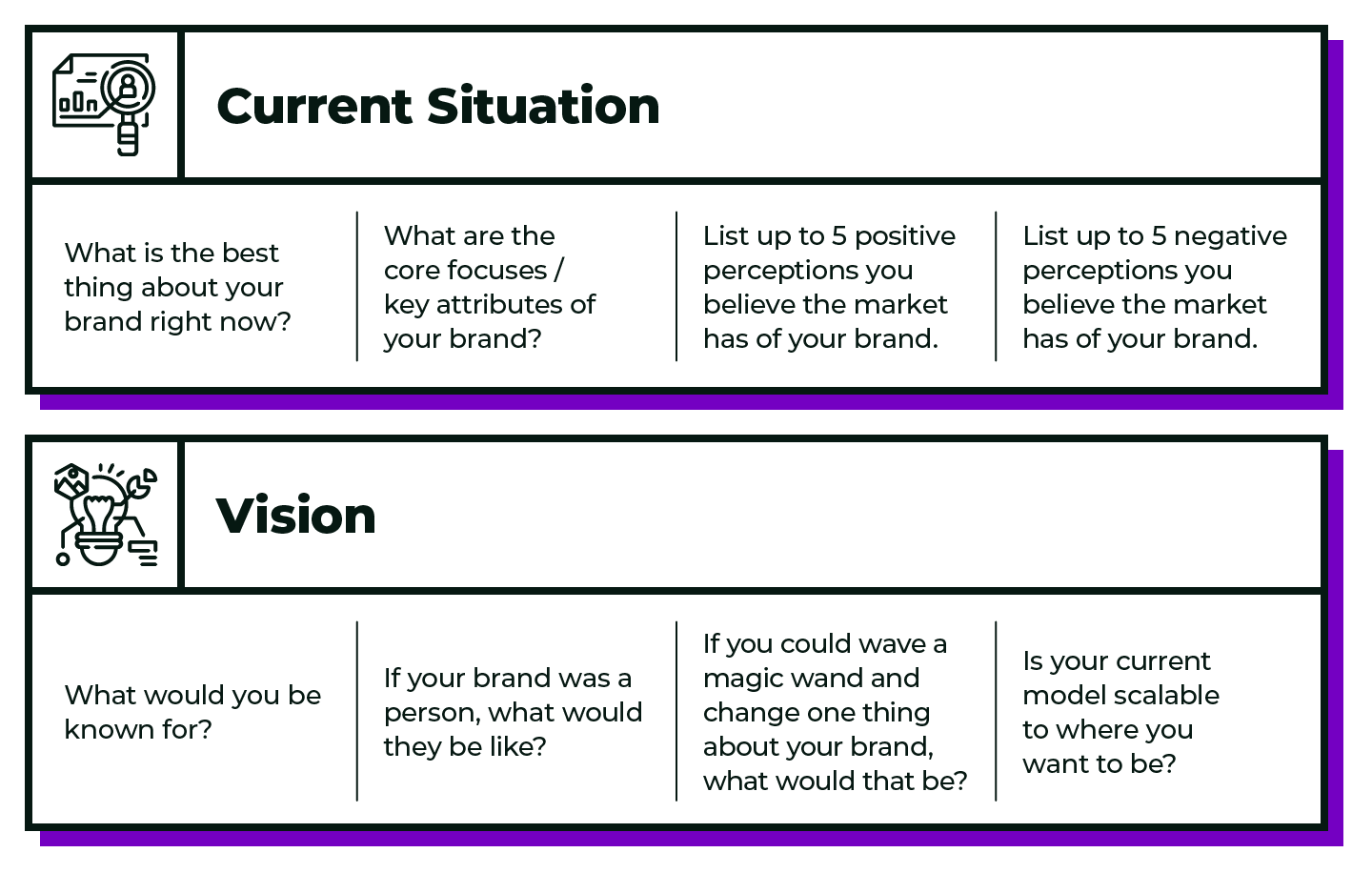
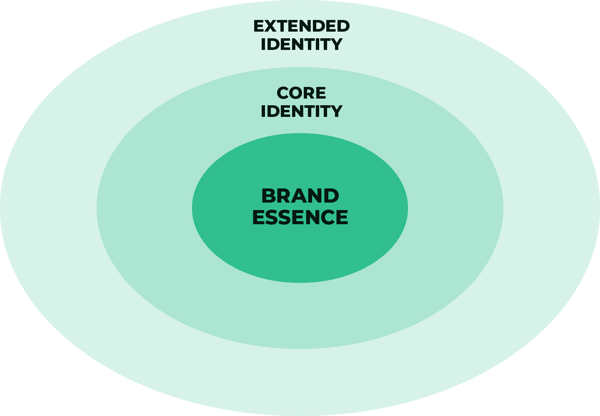 As you can see, there are three circles, which each represent a core element of every brand identity — brand essence, core identity and extended identity.
As you can see, there are three circles, which each represent a core element of every brand identity — brand essence, core identity and extended identity. 




